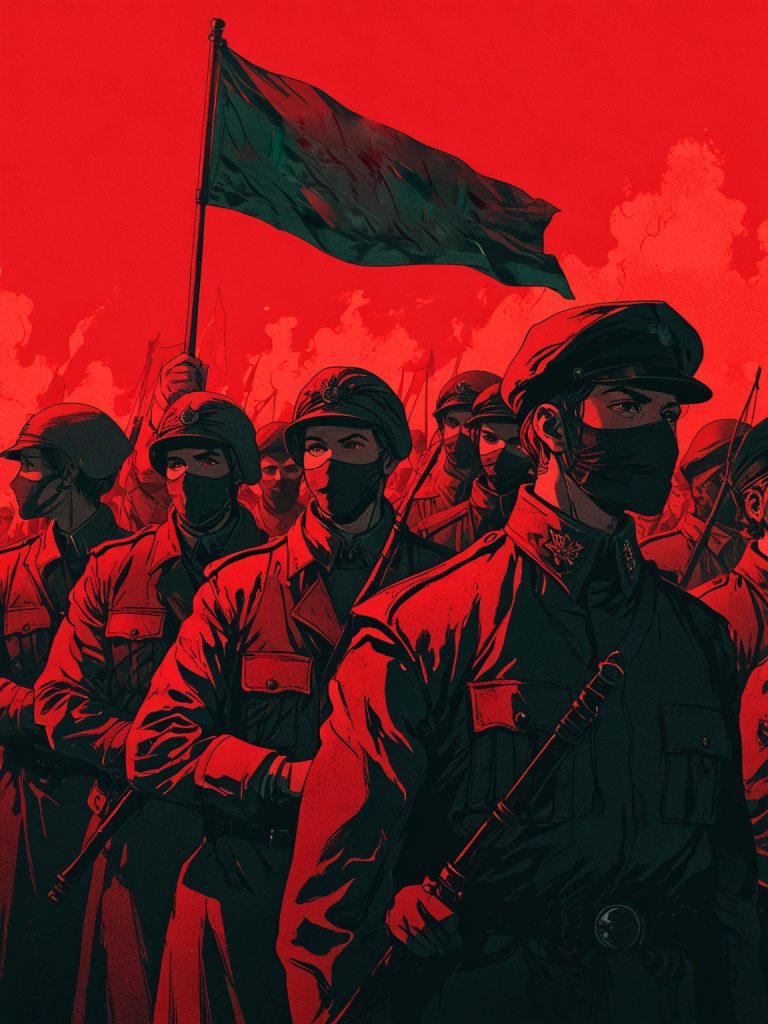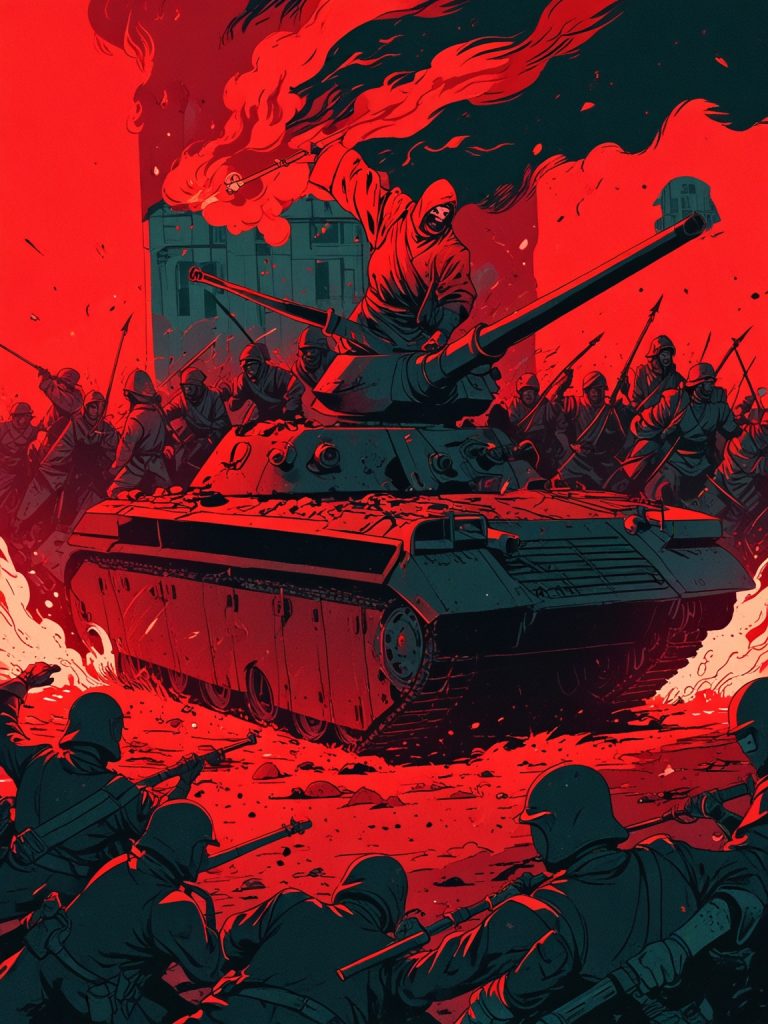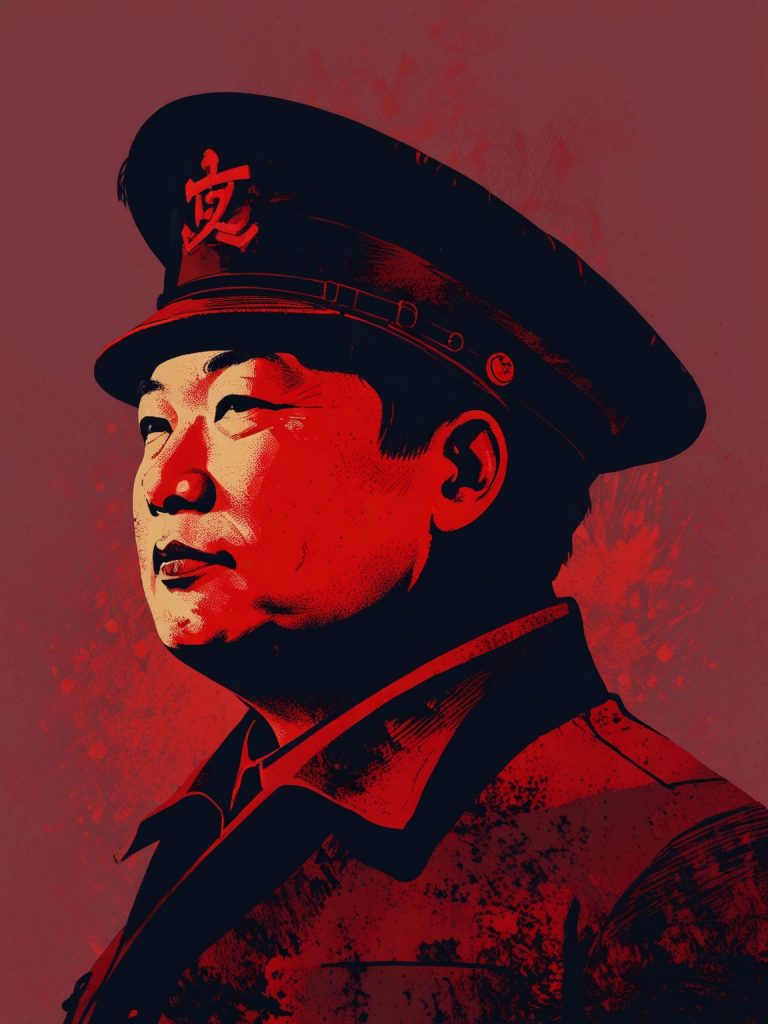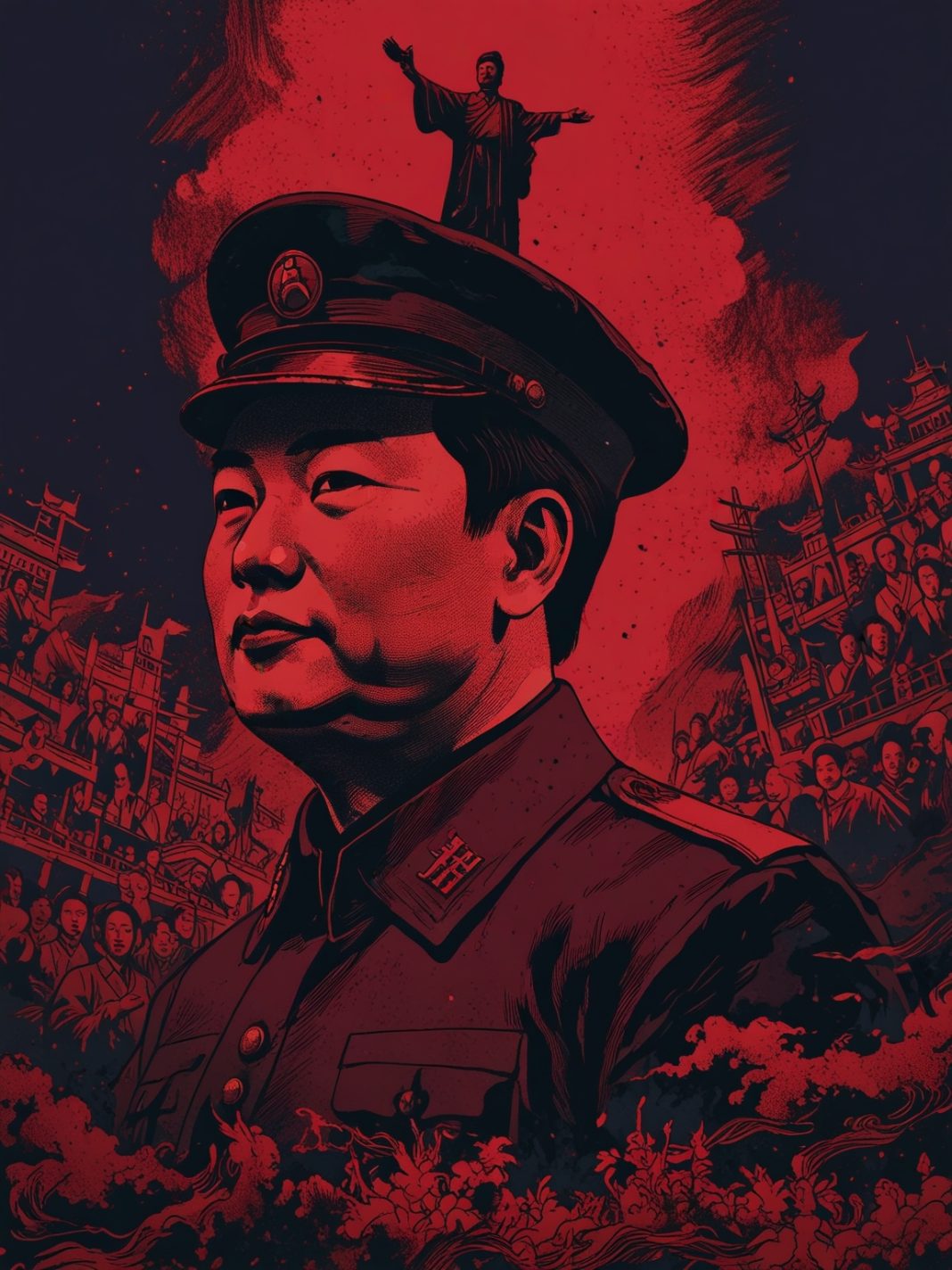Imagine a world where the youth, instead of rebelling against their parents, are encouraged to rebel against their entire society. Picture a time when the very fabric of tradition is torn apart by the hands of those who are supposed to uphold it. Welcome to the Great Proletarian Cultural Revolution—a paradoxical era where chaos was the order of the day, and the young were both the architects and the destroyers of their own future. But what drove these young minds to such extremes? Was it genuine belief, sheer boredom, or something more profound? Let’s unravel the enigma behind the Red Guards and their fervent quest for a new world.
TL;DR
- The Cultural Revolution was a unique historical event where young people were mobilized to rebel against society.
- Mao Zedong instigated the Cultural Revolution to reassert control over the Communist Party.
- Various factors motivated the youth, including genuine ideological commitment, boredom, novelty, FOMO, and social pressure.
- The Red Guards formed violent militias dedicated to destroying the Four Olds and spreading Mao Zedong thought.
- The motivations behind the youth’s participation were complex and multifaceted.

Ah, the Great Proletarian Cultural Revolution—a unique episode in world history, right? Imagine masses of young people, compelled by the government, rebelling against the very society that same government built. Sounds like a plot twist, doesn’t it? This political hysteria threw China into chaos for years. But why did so many young people jump on this chaotic bandwagon?
Let’s break it down. The standard narrative paints the Cultural Revolution (CR) as a power play by Mao Zedong. After being sidelined by Liu Shaoqi and Deng Xiaoping, Mao needed to reassert control over the Communist Party. So, he instigated the CR. Simple, right? Not quite. This explanation doesn’t really tell us why so many young people went to such extreme lengths to enact Mao’s vision of permanent revolution. Beyond the truism “they really liked Mao,” what drove them?
Now, let’s put ourselves in the shoes of an average teenager in urban China in 1966. These kids didn’t know a time before Mao. It’s hard for us to relate, but let’s try. Could mere ideological convictions alone energize so many to form violent militias? These militias dedicated every waking moment to destroying the Four Olds, spreading Mao Zedong thought, and fighting other factions of Red Guards. Even in highly politically charged times, most people have more parochial concerns. So, what gives?
Who are the Red Guards?
The Red Guards were a mass, student-led, paramilitary social movement mobilized by Chairman Mao Zedong during the Cultural Revolution, which lasted from 1966 to 19761. These young people, primarily high school and university students, were formed into paramilitary units under the auspices of the Chinese Communist Party (CCP) to help Mao combat “revisionist” authorities—those party leaders Mao considered insufficiently revolutionary2.
Key Aspects of the Red Guards:
- Formation and Purpose: The Red Guards were formed in 1966 to support Mao’s vision of a permanent revolution. They aimed to eliminate all remnants of the old culture in China and purge all supposedly bourgeois elements within the government2.
- Attacks on the “Four Olds”: The Red Guards were directed to attack the “Four Olds” of Chinese society: old customs, old culture, old habits, and old ideas. They marched across China, destroying ancient artifacts, gravesites, and other symbols of China’s pre-communist past1.
- Factionalism and Violence: The Red Guards engaged in violent clashes with local party leaders, schoolteachers, intellectuals, and anyone perceived as a dissident. Several hundred thousand people died in the course of these persecutions2.
- Mass Mobilization: Several million Red Guards journeyed to Beijing to meet with Mao in eight massive demonstrations in late 1966. The total number of Red Guards throughout the country may have reached 11 million at some point2.
- Suppression and Decline: By early 1967, Red Guard units were overthrowing existing party authorities in towns, cities, and entire provinces. However, their increasing factionalism and disruption of industrial production and urban life led the government to urge the Red Guards to retire into the countryside. The Chinese military was called in to restore order, and the Red Guard movement gradually subsided by 19682.
The Red Guards played a significant role in the Cultural Revolution, leaving a lasting impact on Chinese society and history.

Here are some insights:
- Genuine Ideological Commitment: Sure, some were true believers. They genuinely thought they were building a better future.
- Boredom: Let’s face it, teenagers get bored. The CR offered excitement and a break from the mundane.
- Novelty: The idea of rebelling was new and thrilling. Who wouldn’t want to be part of something big?
- FOMO (Fear of Missing Out): Peer pressure is powerful. If everyone else is joining, you don’t want to be left out.
- Emperor’s New Clothes: Sometimes, people go along with things because they don’t want to seem out of touch or cowardly.
Treasures, religious objects and books destroyed
During the Cultural Revolution, a vast number of Chinese antiques and artworks were destroyed. The Red Guards, paramilitary youth groups organized and mobilized by Mao’s supporters, carried out much of the destruction. They targeted valuable artifacts, historic buildings, and religious sites, aiming to purge the country of the “Four Olds”: old customs, old culture, old habits, and old ideas.
In Beijing alone, at least 4,922 of the city’s 6,843 officially classified historical sites were damaged or destroyed between mid-August and September 1966. This included ancient bronze vessels, jade carvings, calligraphic works, rare manuscripts, paintings, and ceramics. The destruction extended to religious sites, with temples and mosques ransacked, leading to the loss of many important religious objects.
The Cultural Revolution caused significant damage to China’s cultural heritage, with countless irreplaceable artifacts lost forever.

Explore
The Cultural Revolution, initiated by Mao Zedong, had profound and far-reaching consequences for China. Here are some of the key impacts:
- Loss of Life and Suffering: Approximately 1.5 million people were killed, and millions more suffered imprisonment, seizure of property, torture, or general humiliation.
- Economic Disruption: The political instability and erratic economic policies during the Cultural Revolution led to slower economic growth and a decline in the government’s capacity to deliver goods and services.
- Educational Setback: A severe generation gap was created as young adults were denied an education and were taught to address grievances through street protests.
- Corruption and Bureaucratic Timidity: The terror and scarcities during the Cultural Revolution forced people to rely on traditional personal relationships and extortion to get things done. This led to increased corruption within the Chinese Communist Party (CCP) and the government.
- Loss of Legitimacy: The CCP leadership and the system itself suffered a loss of legitimacy as millions of urban Chinese became disillusioned by the obvious power plays that took place in the name of political principle.
- Factionalism: Bitter factionalism was rampant, with members of rival Cultural Revolution factions sharing the same work units and constantly undermining each other’s power.
- Long-term Social Impact: The Cultural Revolution’s tormented and violent legacy resonated in Chinese politics and society for decades, affecting the entire country.
The Cultural Revolution left a lasting impact on China’s political, social, and economic landscape, with consequences that were felt for many years.
As we peel back the layers of the Cultural Revolution, we find ourselves staring into a mirror reflecting both the fervor of youth and the complexities of human nature. Was it a genuine quest for ideological purity, or just a grand stage for youthful rebellion? Perhaps it was both, or maybe neither. The Red Guards remind us that history is not just a series of events, but a tapestry woven with the threads of human ambition, fear, and curiosity. As we ponder their motivations, we might just find ourselves questioning our own. After all, aren’t we all, in some way, rebels in search of a cause?







